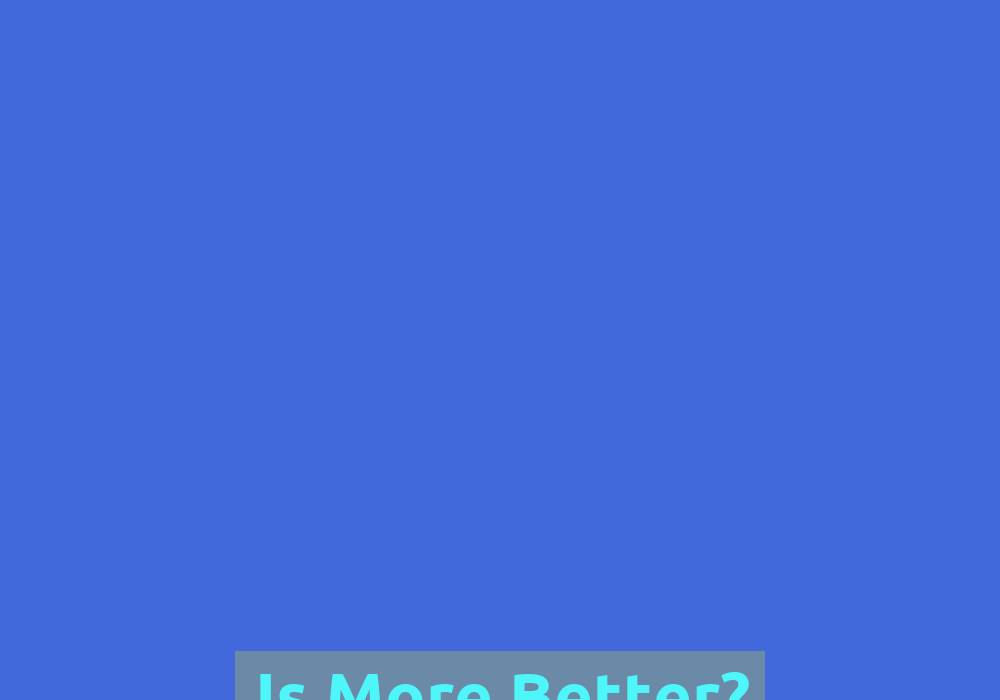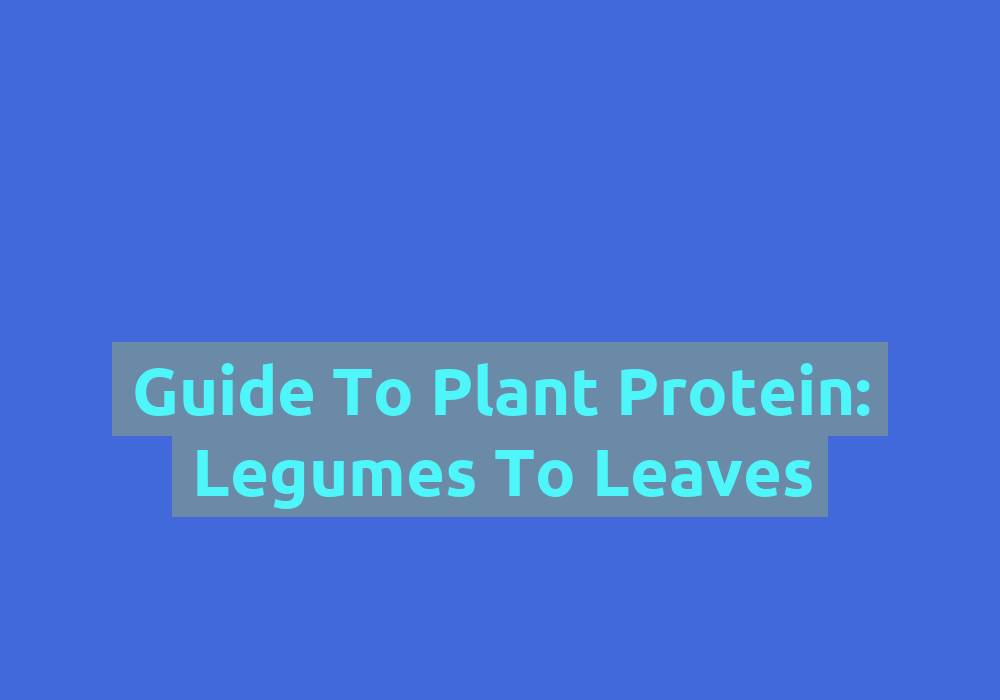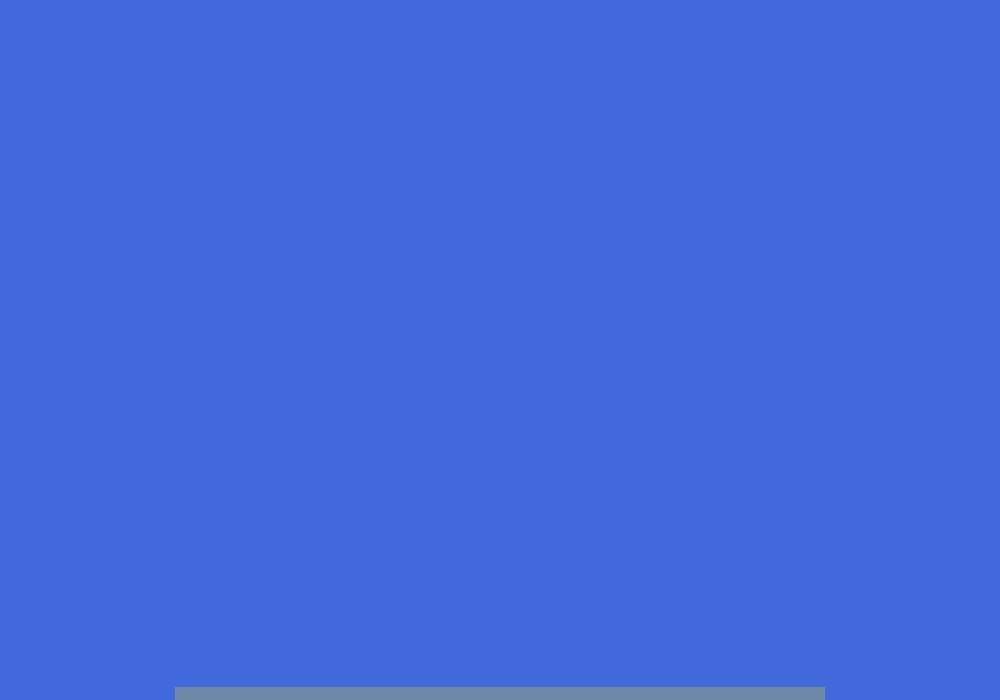Multi-Vitamin Brand Review: What’s Inside?

In today’s fast-paced world, it has become increasingly important to prioritize our health and well-being. With the busy schedules and limited time for meal planning, it can be challenging to ensure that we are getting all the necessary nutrients our bodies need. This is where multi-vitamins come in handy as they act as convenient supplements to bridge any nutritional gaps and ensure our bodies receive essential vitamins and minerals.
Why Take a Multi-Vitamin?
Before we delve into the specifics of various multi-vitamin brands, let’s first understand why taking a multi-vitamin is beneficial. While it is always best to obtain nutrients through a balanced diet, sometimes it may not be possible to meet all our nutritional requirements solely through food. Factors such as busy lifestyles, dietary restrictions, or limited access to certain foods can make it difficult to achieve optimal nutrition. Multi-vitamins provide a convenient solution by delivering a comprehensive blend of essential vitamins and minerals in one easy-to-take supplement.
Multi-vitamins are formulated to support various aspects of our health, including:
-
Overall Well-being: Multi-vitamins ensure that our bodies receive a balanced mix of vitamins and minerals, which are essential for overall health and vitality.
-
Energy Production: B vitamins, such as B1 (thiamine), B2 (riboflavin), B3 (niacin), B5 (pantothenic acid), B6, B7 (biotin), B9 (folate), and B12, play a crucial role in energy production. They help convert the food we eat into energy, allowing us to stay energized throughout the day.
-
Immune Support: Vitamin C and vitamin D are well-known for their immune-boosting properties. Vitamin C acts as an antioxidant and supports the immune system, while vitamin D plays a vital role in immune system function.
-
Bone Health: Adequate intake of vitamins and minerals like calcium, magnesium, and vitamin D is essential for maintaining strong and healthy bones.
-
Antioxidant Protection: Vitamins A, C, and E are antioxidants that help protect our cells from damage caused by free radicals, which are unstable molecules that can lead to oxidative stress and contribute to various health issues.
By taking a multi-vitamin, we can ensure that our bodies receive the necessary nutrients to support overall well-being, energy production, immune function, bone health, and antioxidant protection.
Brand A: Nature’s Best
Nature’s Best is a well-established brand known for its high-quality multi-vitamins. Their products are carefully formulated to provide a comprehensive range of vitamins, minerals, and other beneficial ingredients. Here’s a breakdown of what you can expect to find inside their products:
-
Vitamin A: Essential for healthy vision, immune function, and cell growth. It is a fat-soluble vitamin that plays a crucial role in maintaining the health of our eyes, skin, and mucous membranes.
-
B Vitamins: Nature’s Best multi-vitamins contain a complete spectrum of B vitamins, including B1 (thiamine), B2 (riboflavin), B3 (niacin), B5 (pantothenic acid), B6, B7 (biotin), B9 (folate), and B12. These vitamins support energy production, brain health, red blood cell formation, and more. They are involved in numerous metabolic processes in our bodies and are vital for maintaining optimal health.
-
Vitamin C: Known for its immune-boosting properties and its role in collagen synthesis, vitamin C is a water-soluble vitamin that acts as a powerful antioxidant. It helps protect our cells from damage, supports the immune system, and promotes healthy skin.
-
Vitamin D: Crucial for bone health and immune system function, vitamin D plays a vital role in calcium absorption and utilization. It helps maintain strong and healthy bones, supports muscle function, and contributes to overall immune system health.
-
Vitamin E: An antioxidant that protects cells from damage caused by free radicals. Vitamin E plays a crucial role in maintaining the integrity of our cell membranes and helps protect our body’s tissues from oxidative stress.
-
Minerals: Nature’s Best multi-vitamins also contain essential minerals like calcium, magnesium, zinc, selenium, and more. These minerals are important for various bodily functions, such as bone health, nerve function, and enzyme activation. They support overall health and well-being.
In addition to these essential vitamins and minerals, Nature’s Best includes additional ingredients like antioxidants, herbal extracts, and probiotics in some of their multi-vitamin formulations. These additional components provide extra health benefits and further support overall wellness.
It is important to note that the specific formulation and ingredient list may vary depending on the Nature’s Best multi-vitamin product you choose. Always read the label and product information to ensure it aligns with your specific health needs.
Brand B: MegaVitamins
MegaVitamins is another brand that offers a comprehensive range of multi-vitamin products. They prioritize providing high-quality supplements designed to meet various nutritional needs. Let’s dive into what you’ll find inside their offerings:
-
Vitamin A: MegaVitamins’ multi-vitamins include vitamin A, which supports vision, immune function, and cell growth. This essential vitamin plays a critical role in maintaining healthy eyesight and supporting our body’s defense system.
-
B Vitamins: Just like Nature’s Best, MegaVitamins’ multi-vitamins contain all the essential B vitamins, including B1 (thiamine), B2 (riboflavin), B3 (niacin), B5 (pantothenic acid), B6, B7 (biotin), B9 (folate), and B12. These vitamins are involved in energy production, brain health, and various metabolic processes in our bodies.
-
Vitamin C: MegaVitamins’ multi-vitamins also provide vitamin C, which boosts the immune system, promotes collagen synthesis, and acts as an antioxidant. This vitamin plays a vital role in maintaining a healthy immune system and supporting skin health.
-
Vitamin D: Essential for bone health and immune system function, vitamin D is included in MegaVitamins’ multi-vitamins. It helps our bodies absorb and utilize calcium, which is crucial for strong and healthy bones. Vitamin D also plays a role in supporting immune system health.
-
Vitamin E: MegaVitamins’ multi-vitamins contain vitamin E, an antioxidant that protects cells from oxidative stress and supports healthy skin. It helps maintain the integrity of our cell membranes and supports overall well-being.
-
Minerals: MegaVitamins’ multi-vitamins also provide vital minerals like calcium, magnesium, zinc, selenium, and others. These minerals contribute to various bodily functions, including bone health, nerve function, and enzyme activation.
-
Omega-3 Fatty Acids: Some MegaVitamins formulations include omega-3 fatty acids. These healthy fats, commonly found in fish oil, have been shown to support heart health, brain function, and joint health. They provide additional benefits beyond the essential vitamins and minerals.
MegaVitamins aims to deliver a comprehensive blend of essential nutrients to support overall health and well-being. Their multi-vitamin products provide a range of vitamins, minerals, and omega-3 fatty acids, ensuring that you are getting a well-rounded supplement.
Brand C: WellLife
WellLife takes a unique approach to multi-vitamins by formulating products that cater to specific health needs. They understand that different individuals have different requirements, and their offerings reflect this understanding. Here’s what you can expect from their multi-vitamin products:
-
Targeted Formulations: WellLife offers multi-vitamins tailored to different age groups, genders, and specific health concerns. For example, they have formulations designed for bone health, prenatal support, immune system enhancement, and more. By targeting specific health needs, WellLife ensures that individuals can find a multi-vitamin that suits their unique requirements.
-
Essential Vitamins and Minerals: All WellLife multi-vitamins contain a comprehensive blend of essential vitamins and minerals, including those mentioned previously. Their formulations are designed to support overall health and well-being by providing the necessary nutrients.
-
Additional Nutrients: Depending on the specific formulation, WellLife may include additional ingredients like antioxidants, amino acids, or herbal extracts. These additional nutrients are carefully selected to address specific health concerns or provide additional benefits beyond the essential vitamins and minerals.
WellLife’s approach of creating targeted multi-vitamin formulations allows individuals to choose a product that aligns with their specific health needs. By providing a range of options, WellLife aims to support individuals in maintaining optimal health and addressing specific areas of concern.
Conclusion
Choosing the right multi-vitamin brand can be a daunting task, considering the wide array of options available. However, understanding what’s inside each brand can significantly simplify the decision-making process. In this article, we explored Nature’s Best, MegaVitamins, and WellLife, highlighting the essential vitamins, minerals, and additional ingredients found in their respective formulations.
Remember, before starting any new supplementation regimen, it is always advisable to consult with a healthcare professional to ensure it aligns with your specific health needs. They can provide personalized guidance and recommendations based on your individual circumstances.
With the right multi-vitamin brand, you can take a proactive step towards supporting your overall health and well-being. Incorporating a multi-vitamin into your daily routine can help bridge any nutritional gaps and ensure your body receives the necessary nutrients to thrive. Prioritizing your health is essential in today’s fast-paced world, and multi-vitamins can be a valuable tool in achieving optimal nutrition. Choose a brand that suits your needs, and embark on your journey towards a healthier and more vibrant life.
This article is written in markdown format for online publishing purposes.
FAQs
- Why should I take a multi-vitamin?
- Multi-vitamins provide a convenient solution to bridge any nutritional gaps and ensure your body receives essential vitamins and minerals, especially when it may not be possible to meet all your nutritional requirements solely through food.
- What aspects of health do multi-vitamins support?
- Multi-vitamins support overall well-being, energy production, immune function, bone health, and antioxidant protection.
- What essential vitamins and minerals are found in Nature’s Best multi-vitamins?
- Nature’s Best multi-vitamins contain vitamins A, B (B1, B2, B3, B5, B6, B7, B9, and B12), C, D, E, and essential minerals like calcium, magnesium, zinc, and selenium.
- How does WellLife approach multi-vitamins?
- WellLife offers targeted formulations tailored to different age groups, genders, and specific health concerns. They provide a comprehensive blend of essential vitamins and minerals, along with additional nutrients like antioxidants and herbal extracts, to support overall health and well-being.


















